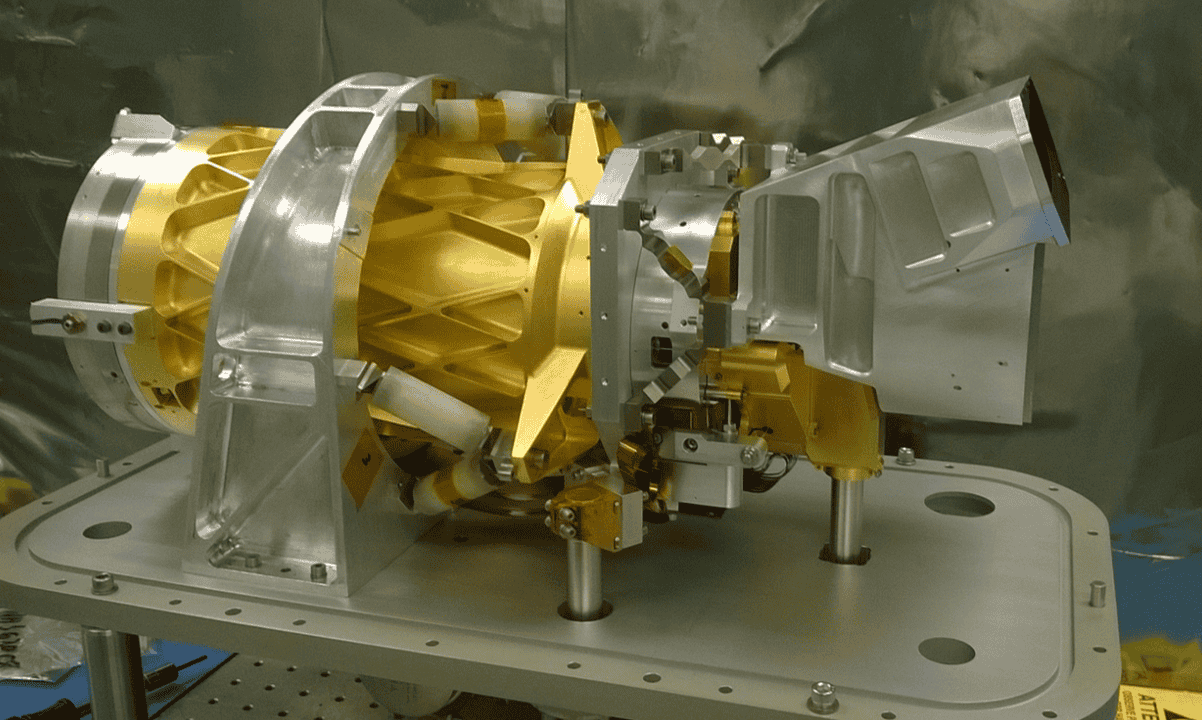This innovative instrument aimed to chart 10 vital minerals in some of the globe’s most parched zones, unraveling the intricate relationship between these minerals and lofted dust’s impact on climate.

NASA’s Earth Surface Mineral Dust Source Investigation (EMIT) embarked on a mission in July 2022 to delve into the complexities of our climate
In groundbreaking research, Earth Surface Mineral Dust Source Investigation (EMIT)’s data, primarily designated for mineral mapping, has now unveiled an unexpected capability: the identification of more than 750 point-source emissions of greenhouse gases, notably methane. These emissions emanate from diverse locations such as landfills, agricultural sites, and oil and gas facilities.
Although detecting greenhouse gases wasn’t Earth Surface Mineral Dust Source Investigation (EMIT)’s core mission, the instrument’s imaging spectrometer, housed on the International Space Station (ISS), demonstrated an unforeseen capacity. Andrew Thorpe, the lead author, expressed cautious optimism about the instrument’s potential. Earth Surface Mineral Dust Source Investigation (EMIT) effectively pinpointed both large and small methane sources, offering crucial insights into “super-emitters” responsible for a disproportionate share of emissions.
Methane, an exceptionally potent greenhouse gas, is up to 80 times more effective at trapping heat than carbon dioxide. Identifying these sources becomes paramount for developing strategies to curb emissions, which predominantly stem from human activities and directly contribute to the climate crisis.
Traditionally, methane-detecting instruments are deployed in aircraft, but their limitations in coverage and duration pose challenges
However, from its vantage point 250 miles above Earth on the ISS, Earth Surface Mineral Dust Source Investigation (EMIT), within its initial 30 days of operation, observed 60% to 80% of methane plumes typically detected in airborne campaigns. The instrument’s imaging spectrometer captures 50-mile-by-50-mile images, extending beyond the reach of conventional methane-detecting aircraft.
This groundbreaking research, published on Nov. 17 in the journal Science Advances, underscores the importance of inward-looking missions like Earth Surface Mineral Dust Source Investigation (EMIT) alongside NASA‘s cosmic exploration, emphasizing the need to address climate challenges by understanding and mitigating Earth’s intricacies.
READ ALSO: Majestic Total Solar Eclipse 2024: Mexico’s Prime Spots For Celestial Spectacle Unveiled




